The Substance of Culture: Dimensions of Cultural Variation
Lead-in Reflection
Take a couple of minutes to answer the questions.
What is more important to you:
- to be successful in your career or to find a job which will bring you a sense of personal
fulfilment ? - to take up a leading position in your company or to work with like-minded people?
- to invent a new device or to improve the devices you are already using?
- to be able to develop your potential or to work and live close to your family and friends?
Do you think the way you answered the questions is typical of you only or other people from your culture tend to hold similar views?
There are no right or wrong answers to these questions. Their aim is to get you thinking about your culture in terms of some of the dimensions of cultural variations which are going to be discussed in this topic.
Presentation
Let’s get back to the two quotations from Hofstede’s works:
- “Culture is the collective programming of the mind distinguishing the members of one group or category of people from others.”
- “Culture is more often a source of conflict than of synergy. Cultural differences are a nuisance at best and often a disaster.”
This Dutch social psychologist and anthropologist proposed, tested empirically and subsequently explained one of the most popular, although not the only model of describing cultural variations in today’s world. Let’s take a closer look at it. This model consists of six dimensions.
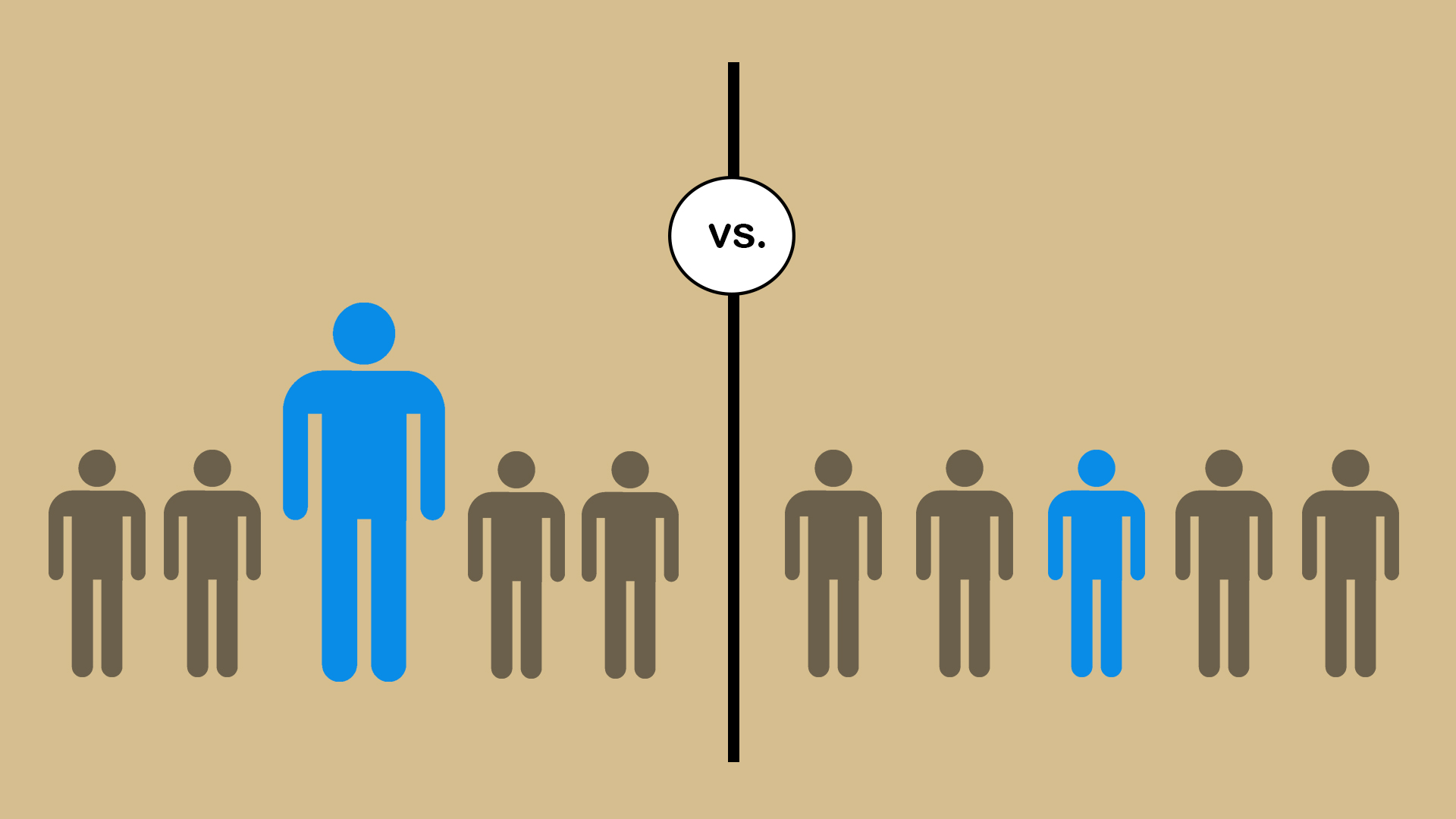
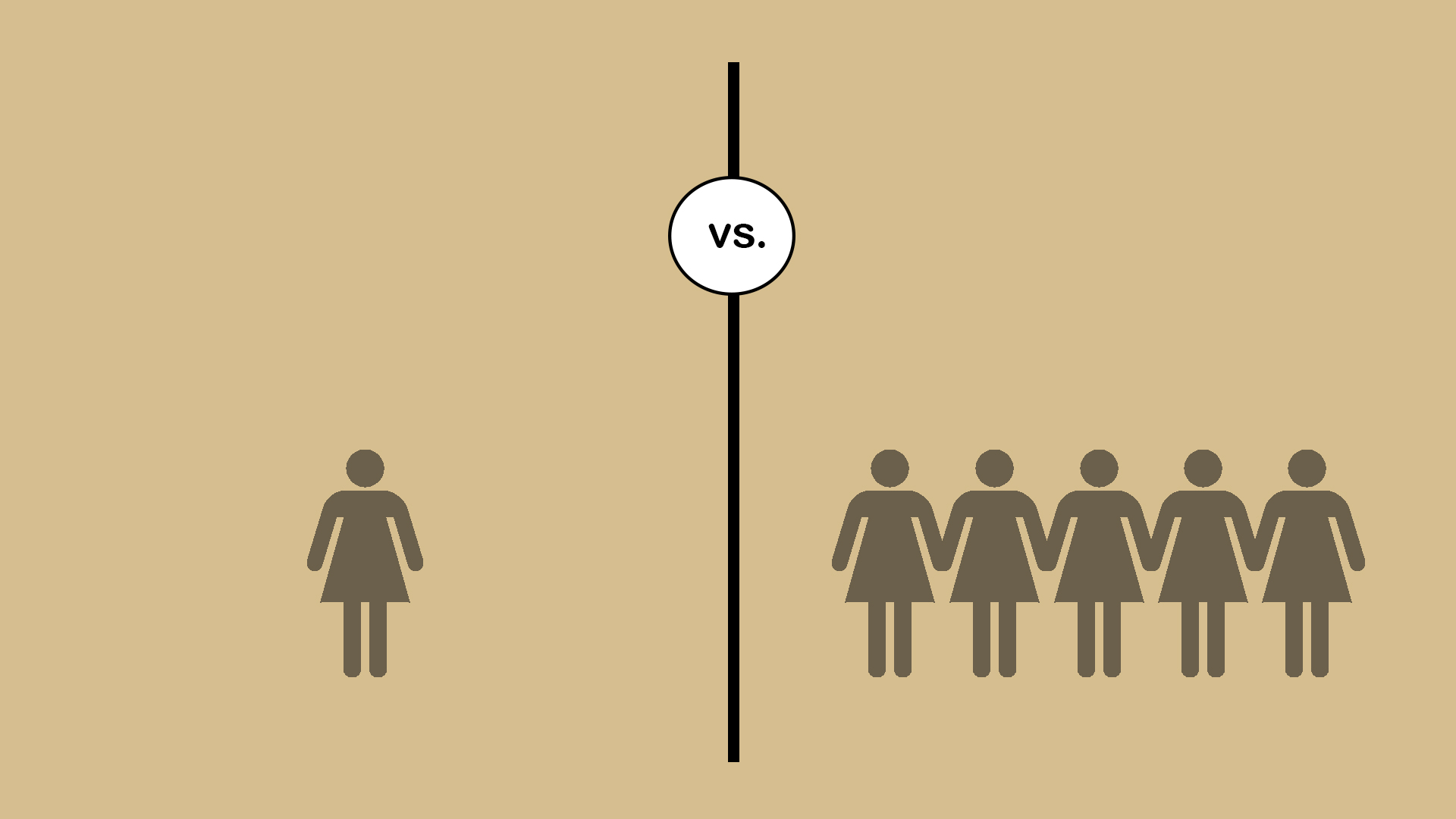
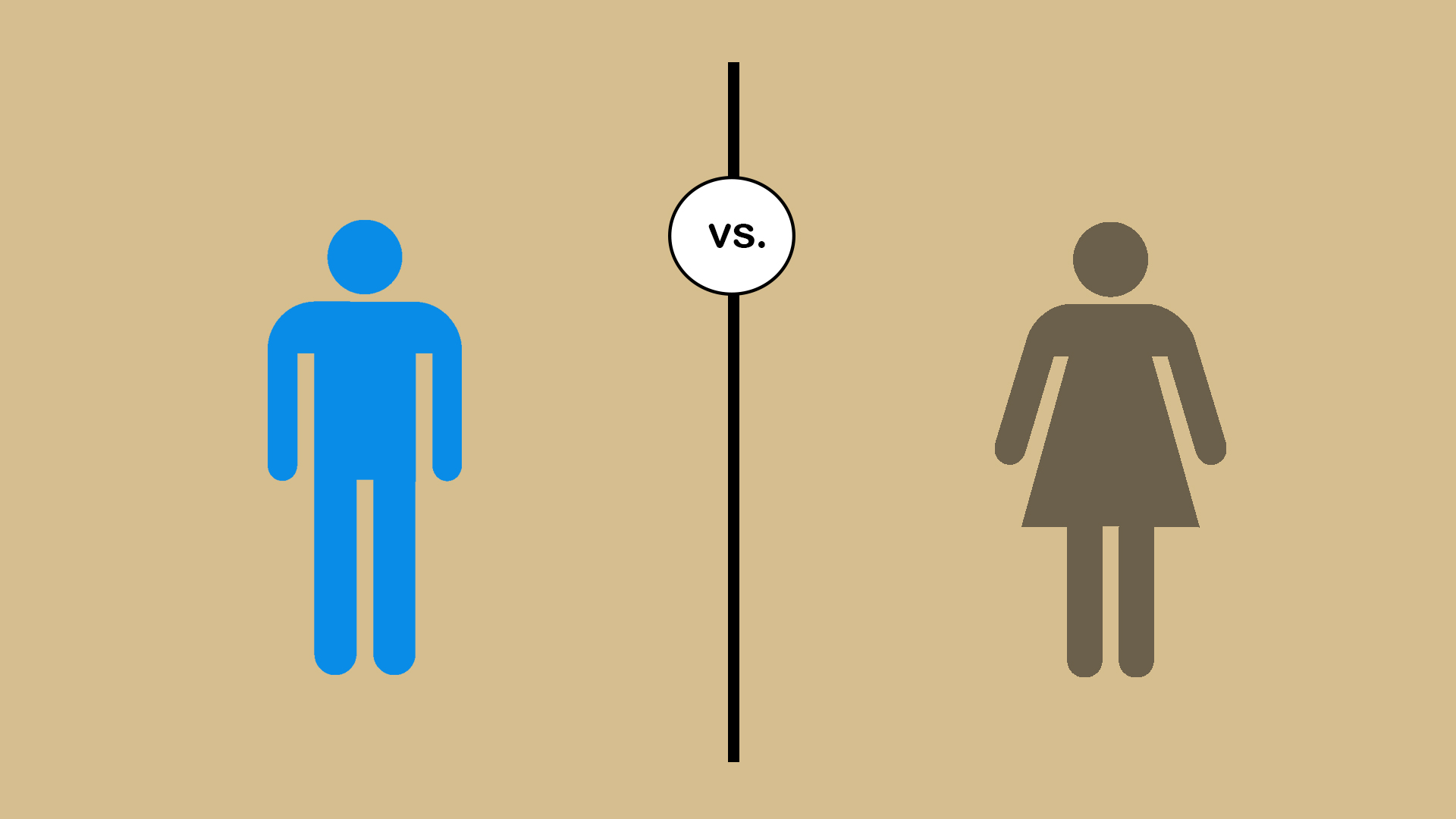
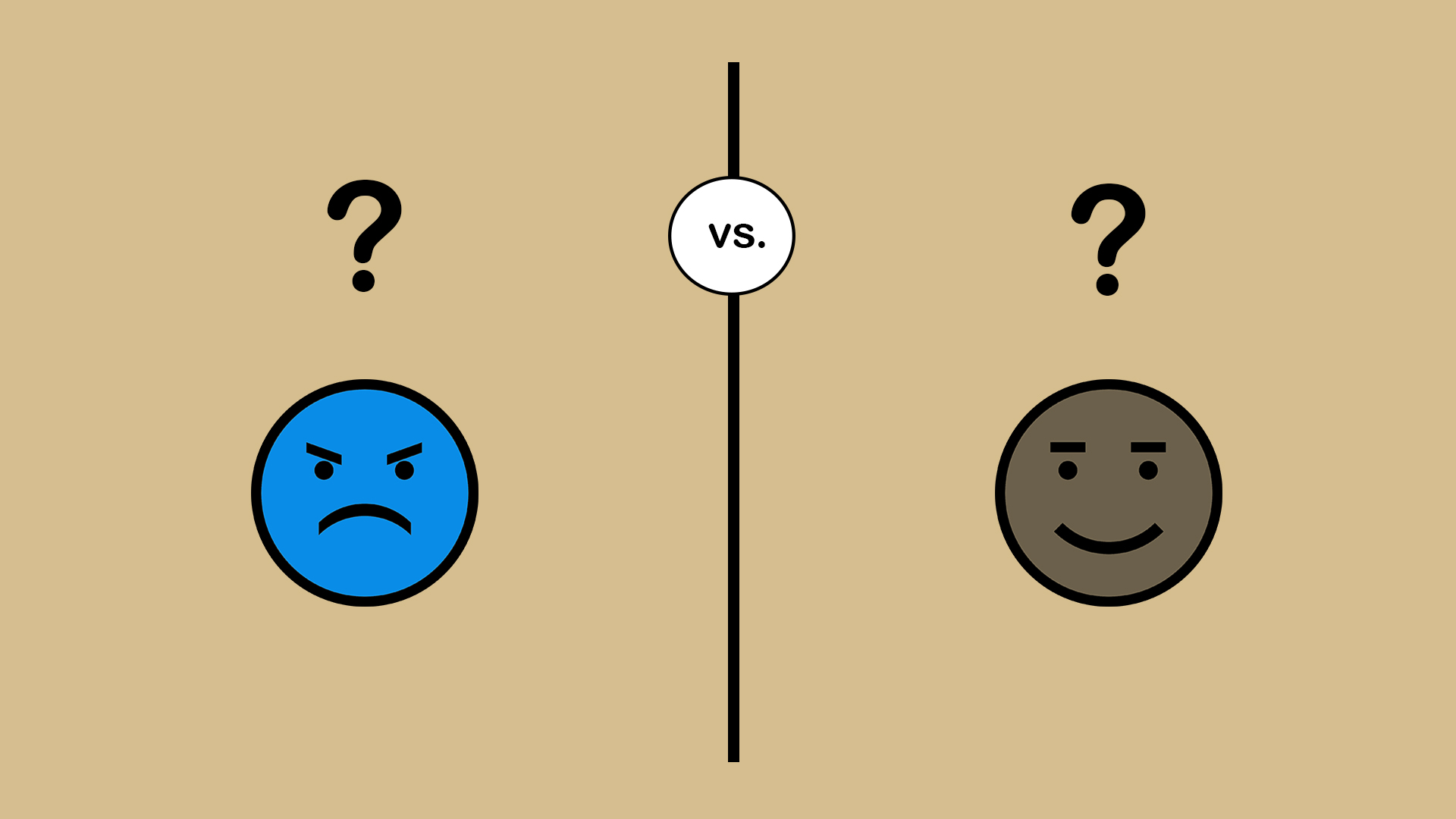
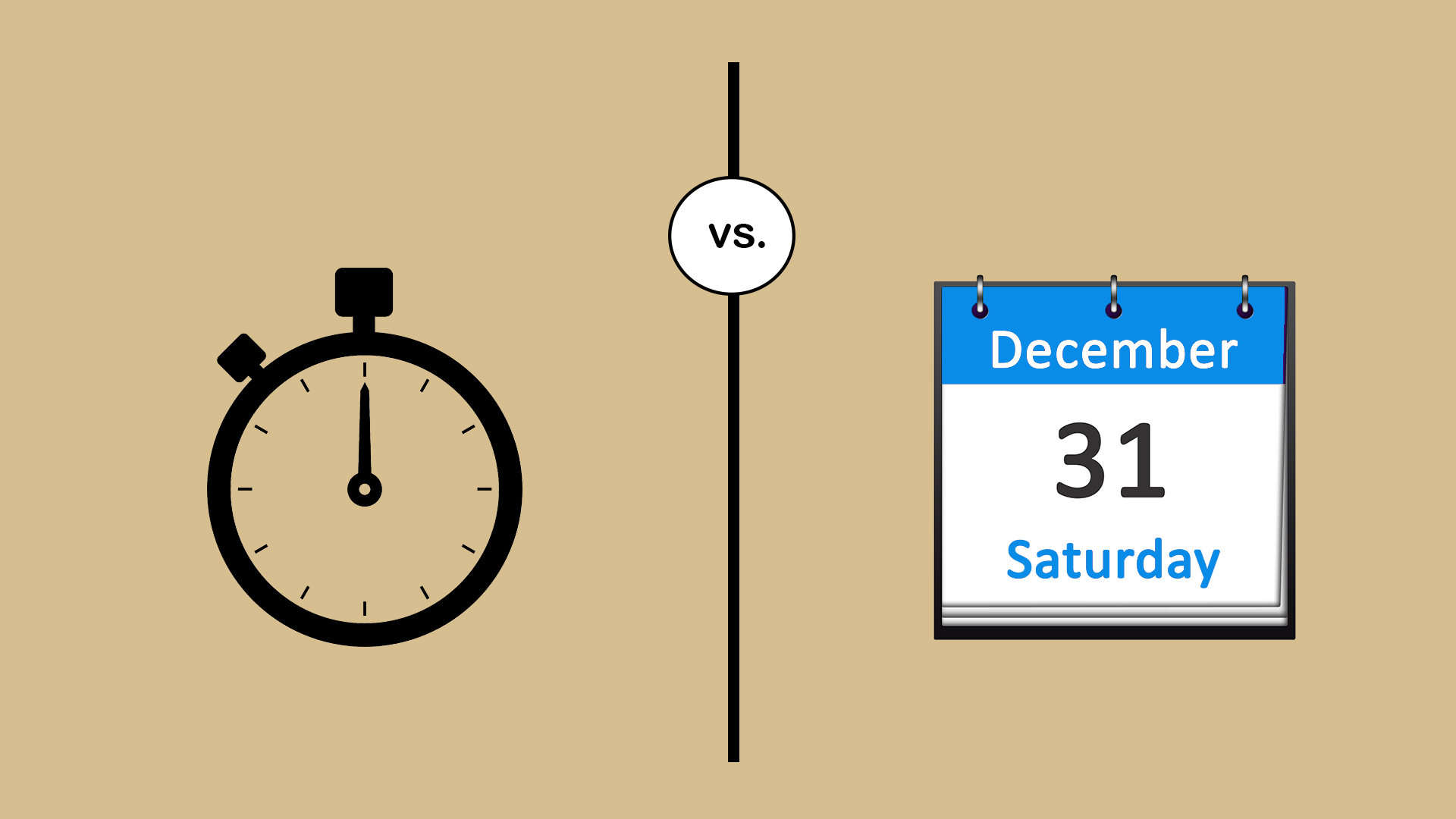
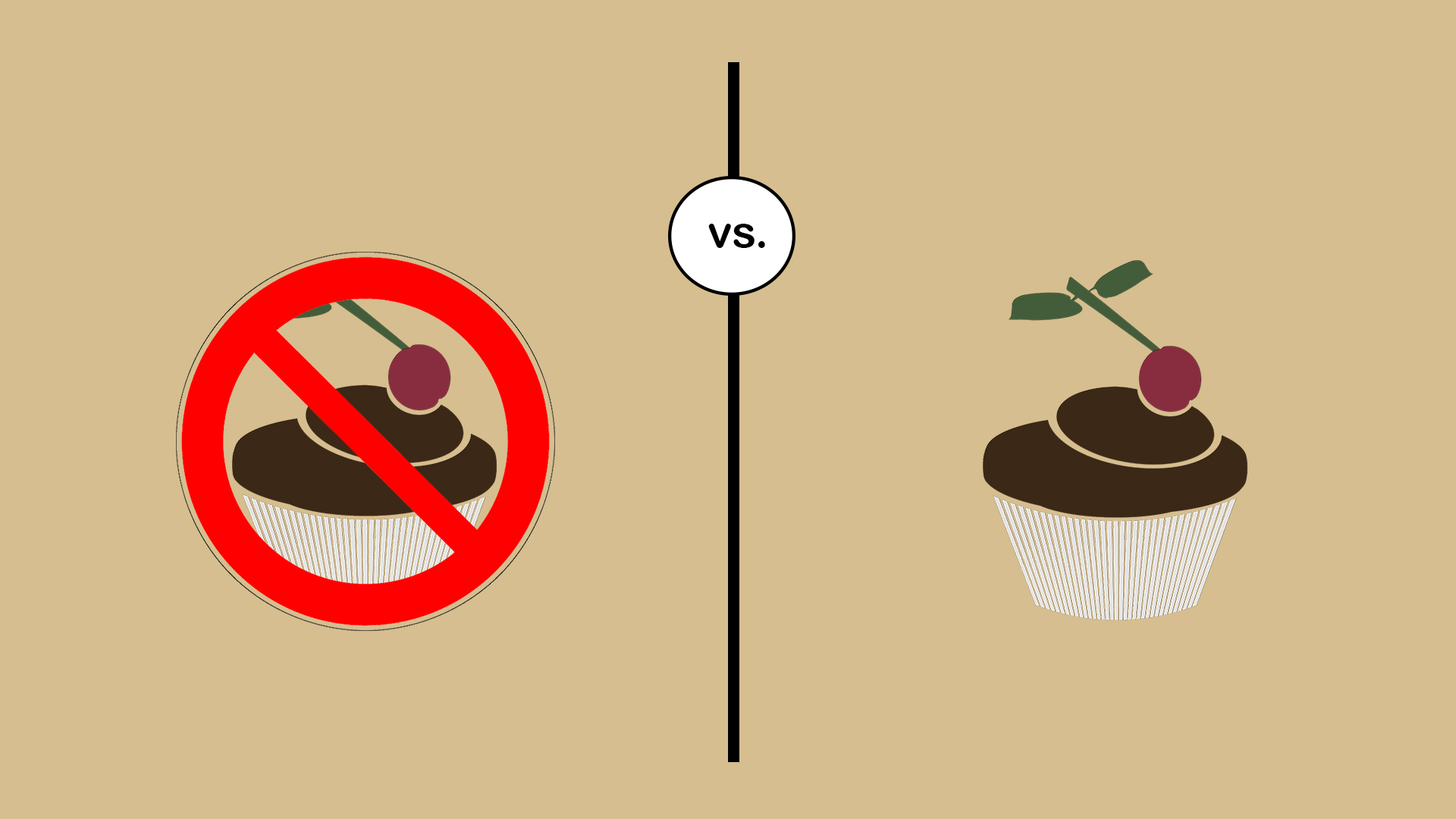
You may now wish to visit the Country comparison tool to explore the cultures you are interested in.
The Culture Map provides us with another way to look at cultural variations. Developed by Erin Meyer, this model is built on eight areas of cultural variations. The “map” is designed to help you understand where your own and other cultures are placed on these eight scales. The scales reflect some of the ideas discussed in the previous two topics as well as the 6 dimensions of cultural variations above.
As you learned in the Cultural orientations topic, in low-context cultures, communication tends to be direct, information is repeated for clarity’s sake. In high-context cultures, communication relies much more on what is read “between the lines” For example, US is a low-context culture while Japan is at the other extreme.
Different cultures give and decode feedback in different ways. This does not depend on whether a culture is a low-context or a high-context one. For example, the French culture is a high-context one but the French tend to be very direct in giving feedback, while Americans despite coming from a low-context culture would rather give you feedback in which critique is carefully intermingled with positive messages.
The two types of building your argumentation to persuade someone is again culturally bound. The principles first type means providing the whole picture, the theory behind the practice first while the application first type means outlining what has to be done in detail and later providing the background. Western cultures tend to be on application first end of the continuum and Asian culture – on its extreme – the principles first one.
As you learned above, cultures vary according to Power Distance, which also affects leadership, hierarchy and power. It comes into play based on the dynamics of how an organization distributes authority – such as the relationship between bosses and workers. In egalitarian cultures, it is not problematic for workers to disagree with their superiors while in hierarchical ones, this is not the case and employees act and communicate through the appropriate channels.
Scales 4 and 5 seem to be related as between in most egalitarian cultures decision making is consensual and in most hierarchical cultures decision making is top-down. However, this is not always the case. For example, the Japanese culture which is highly hierarchical, values consensual decision making.
abilities to do a job or perform a task created through having worked together) and “affective trust” (coming from your affective relationship with a person created through socializing). Instances of these two ends of the continuum would be Germany and the Netherlands for task-based trust and China, Brazil or India for affective trust.
The way we disagree and react to confrontation differs from the view that confrontation may have a positive effect to a complete avoidance of disputes and open disagreement. French culture is on the confrontational end of the scale while Japan at its other extreme like most Asian cultures where confrontation is seen as harmful to harmony.
This scale again has to do with the monochromic-polychromic distinction discussed in the Cultural orientations topic. In linear-time cultures, people stick to schedules and observe plans and deadlines (as in Germany or the USA). People from flexible-time cultures consider schedules changeable (as in Italy, Brazil or India).
You may now wish to check where certain cultures on the Culture map or to do Erin Meyer’s self-assessment questionnaire and also see how your personality measures against your culture.
Hand-on task and reflection
1 Think about you r experience in working on international teams. Choose an example of an unsuccessful task completion. Identify what cultures the other participants in the event come from and check on the two approaches to cultural variation discussed in this topic where these cultures stand.
Can you now come up with an explanation
Would your explanation differ if you belonged to one of the other cultures presented in the event?
Despite the fact that members of the same cultural group share similar values, there are always individual variations from person to person. Working with tools such as the Country comparison tool or the Culture Map can give you insights into different cultures but don’t forget that in real life you interact with individuals.
It is worthwhile to try and put yourself in other people’s shoes in order to move away from your own cultural bias and see a situation through another cultural lens. This will help you deal with difficulties and misunderstandings due to cultural clashes more easily. Such ideas are explored further in Part Two of the Intercultural Assistant course.
2 Imagine you have to give negative feedback to a colleague from another culture. Map out how you can do it.
The most important thing in situations like this is not to break the communication flow and put off the other person. However, this is quite tricky as you may be seen as too oblique at best and outright rude at worst. You can try to think about the situation from the point of view of your counterpart’s culture so the first thing to do is to try and establish what its peculiarities are. A useful thing to do would be to also invite your colleague to explain how they see it. This will allow you to give suggestions for improvement rather than criticism. The linguistic means you choose are also important, so be careful not to use words which will create the feeling of attacking the
